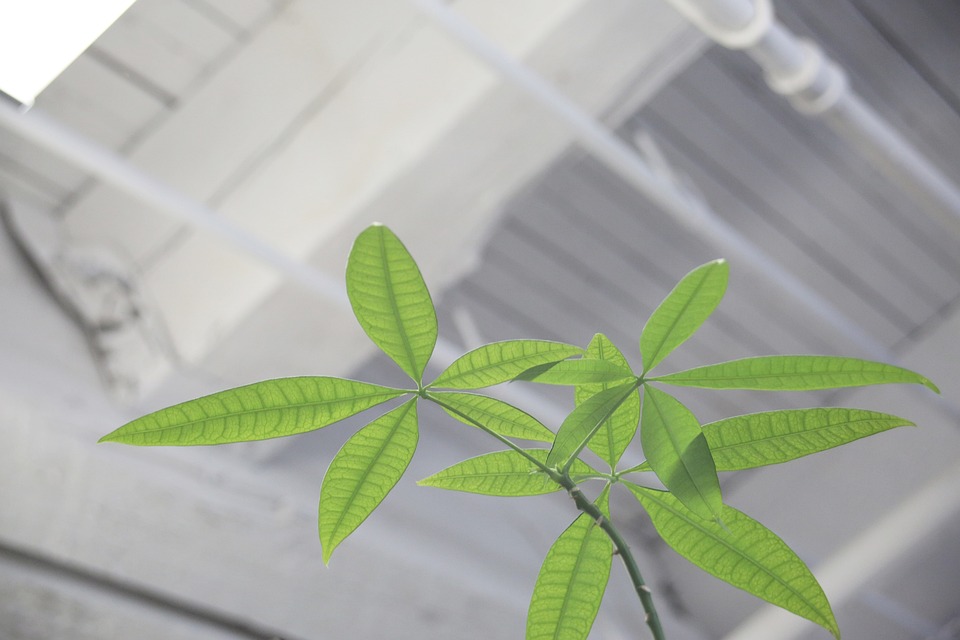Introduction
Home hydroponic systems have gained popularity in recent years due to their numerous benefits.
This innovative gardening method allows plants to grow without soil, using a nutrient-rich water solution instead.
With the right setup, you can create an ideal environment for your plants, resulting in healthier growth and higher yields.
Let’s explore the advantages of implementing a home hydroponic system.
Reduced Space Requirements
One of the key benefits of a home hydroponic system is its ability to save space.
Traditional gardening methods often require large areas of land, which is not always feasible in urban or small living spaces.
Hydroponics eliminates the need for soil, allowing you to grow plants vertically or in compact containers.
This opens up the possibility of having a lush garden even in the tiniest of apartments.
Water and Nutrient Efficiency
In a hydroponic system, water and nutrients are delivered directly to the plant’s roots, resulting in optimal efficiency.
Unlike traditional soil-based gardening, where water can get lost through evaporation or drainage, hydroponics conserves water by recirculating it within the system.
Additionally, the nutrient solution used in hydroponics is specifically tailored to meet the plant’s needs, leading to better absorption and utilization.
Year-round Cultivation
Hydroponics allows you to grow plants year-round, regardless of the seasons.
By controlling the environment, including temperature, lighting, and humidity, you can create the conditions necessary for plant growth at any time of the year.
This means you can enjoy fresh produce continuously, even during the winter months when traditional gardens are dormant.
Enhanced Plant Health
Plants grown in a hydroponic system are less prone to disease and pest infestations.
By eliminating soil, which can harbor pathogens and pests, you create a more hygienic environment for your plants.
Additionally, the precise control you have over the growing conditions helps to prevent stress on the plants, leading to stronger immune systems and healthier growth.
Increased Yields
Hydroponics has been proven to produce higher yields compared to traditional gardening methods.
The optimized growing conditions, including nutrient delivery, lighting, and space utilization, allow plants to thrive and reach their full potential.
This means you can enjoy a bountiful harvest of fruits, vegetables, and herbs even in a limited space.
FAQs Section
Q: Is a hydroponic system suitable for beginners?
A: Yes, home hydroponic systems can be easily set up and maintained by beginners.
There are numerous resources available, including guides and online communities, to help you get started and troubleshoot any issues that may arise.
Q: What kinds of plants can be grown in a hydroponic system?
A: Virtually any plant can be grown hydroponically, including leafy greens, herbs, tomatoes, cucumbers, and even flowering plants.
The key is to provide the appropriate growing conditions and nutrient solutions tailored to the specific plants you want to cultivate.
Q: Do hydroponic systems require a lot of electricity?
A: The electricity requirements of a hydroponic system will depend on factors such as the size of the setup and the lighting system used.
However, with energy-efficient LED lights becoming more prevalent, hydroponics can be an energy-efficient gardening method.
Q: How often do you need to change the nutrient solution?
A: The frequency of nutrient solution changes will vary depending on factors such as plant type, size, and growth stage.
As a general guideline, the solution is typically changed every 1-2 weeks.
Regular monitoring of nutrient levels and pH is important to ensure optimal plant growth.
Q: Can a home hydroponic system be automated?
A: Yes, it is possible to automate various aspects of a home hydroponic system, such as nutrient delivery, lighting, and watering.
Automated systems can help maintain consistency and reduce the need for constant manual intervention.




